It is becoming common knowledge that dogs and horses help to relax and soothe the autistic child and help promote pro-social behaviors. Like many therapies with autism that work, we implicitly agree that they do have a positive effect, yet we do not know why.
A few years ago, researchers demonstrated the therapeutic effect of horseback riding on social functioning in children with autism*. After twelve weeks of horseback riding intervention, 19 autistic participants exhibited ‘greater sensory seeking, sensory sensitivity, social motivation, and less inattention, distractibility, and sedentary behaviors’ than those on the wait-list (control).
Another study has shown that participants’ interacting with dogs have ‘improved prosocial behaviors and reduced non-social behaviors such as stimming’ (Marten and Farnam 2002).
The results suggest that horseback riding and dog therapy may be viable options in treating those with autism… but why?
The Polyvagal Theory, developed by Dr. Stephen Porges, is the only theory so far that is capable of explaining why.
Becoming popular in psychological trauma circles The Polyvagal Theory and autism has yet to be taken up by the autism community, but it provides a comprehensive and simple explanation of autism and anxiety.
Dr Porges shows that when you are in a state of flight/fight/ or immobilization, that you physically have limited access to your ‘social engagement system’ – your eyes, ears and voice do not work so well when you are in a heightened, sympathetic state. When you are in a state of FFI your body is focused on survival and it is triggered into a shut-down mode. In order to reverse the ‘shut-down’, you need to get your body back into a parasympathetic state; you need to feel safe, to be soothed.
Dogs and horses can help to relax and soothe the autistic child and allow for the social engagement system to re-engage. Over time this can help to reinforce a new baseline for the child’s nervous system, so that the child can regularly get used to being in a calmer, more parasympathetic state.
*Journal of Autism and Developmental Disorders September 2009, Volume 39, Issue 9, pp 1261-1267


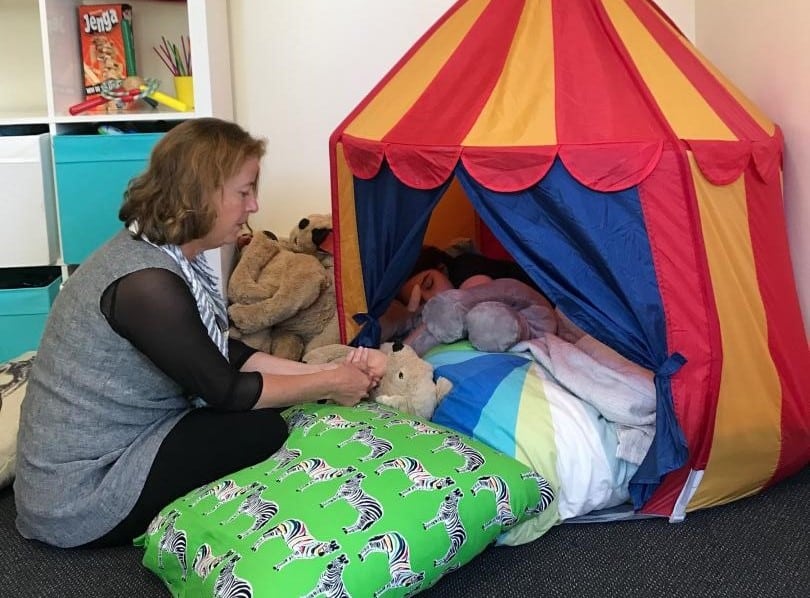
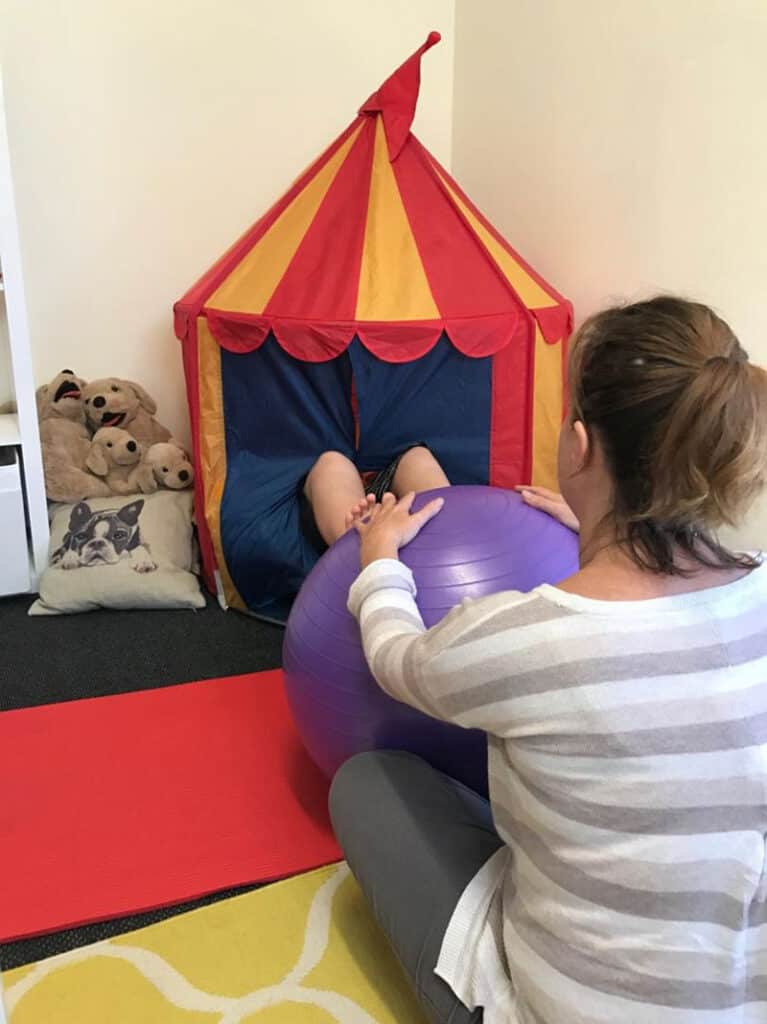
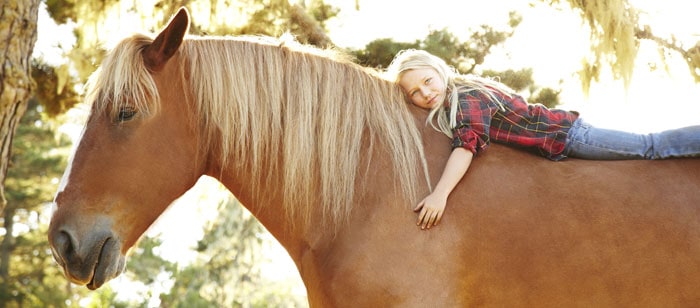
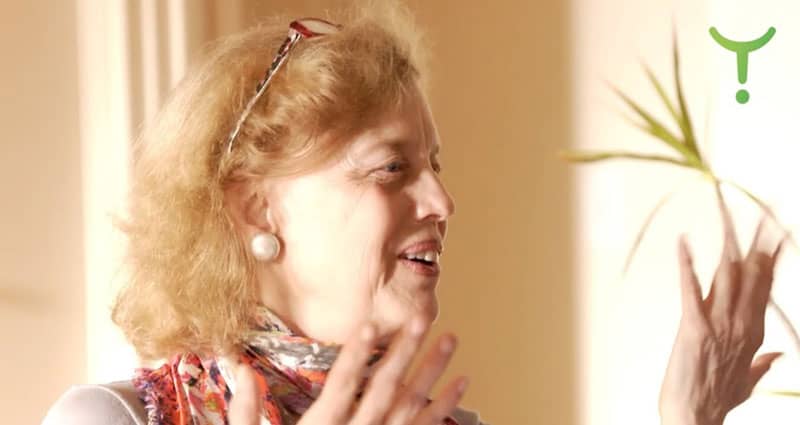
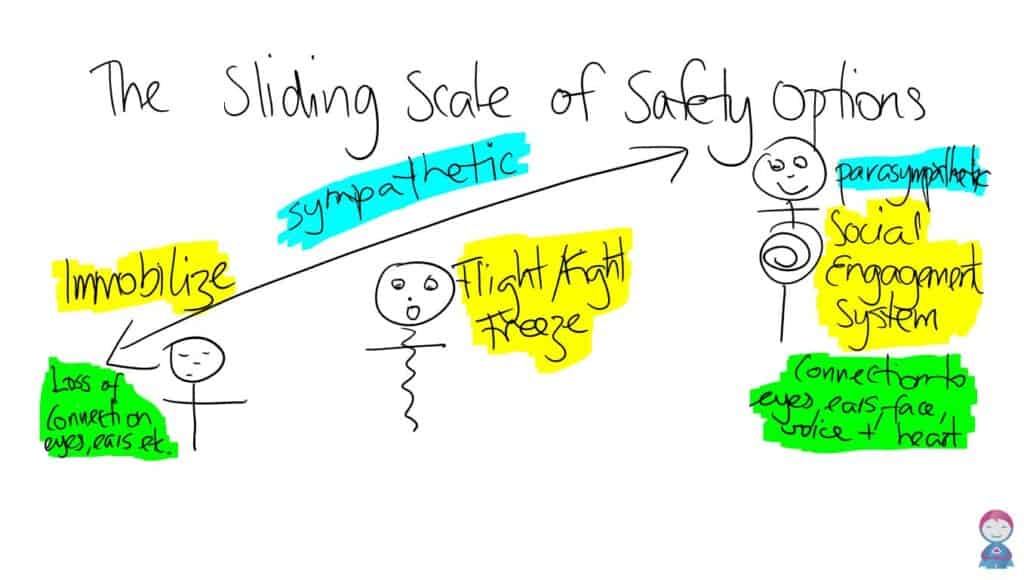
Recent Comments